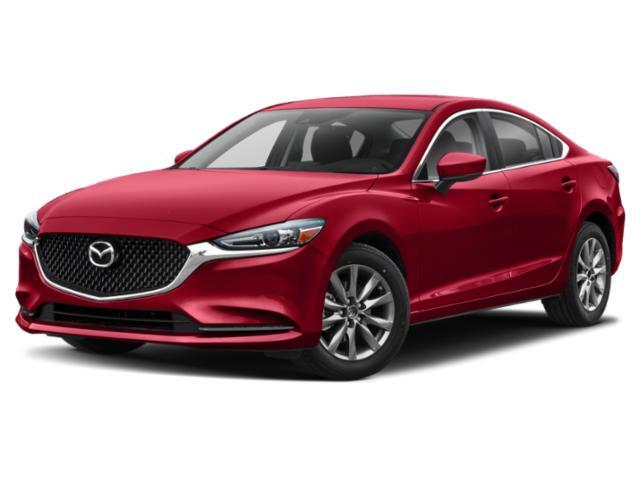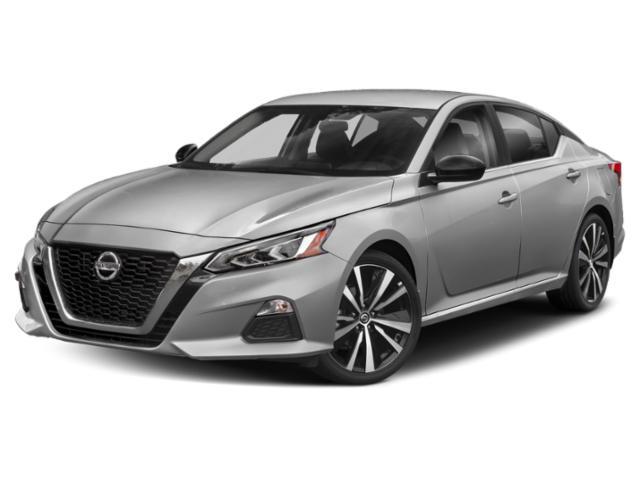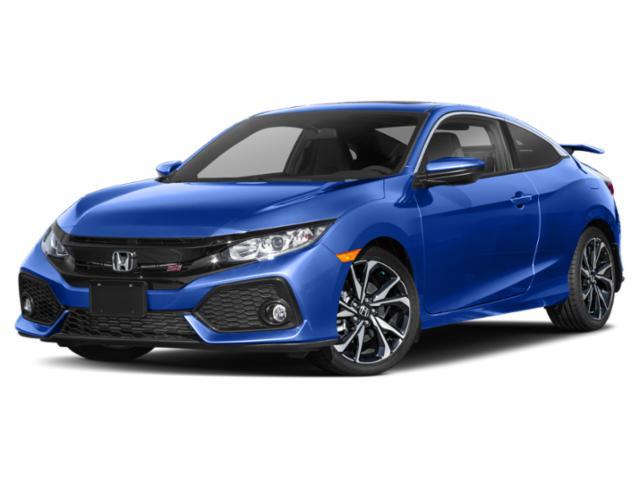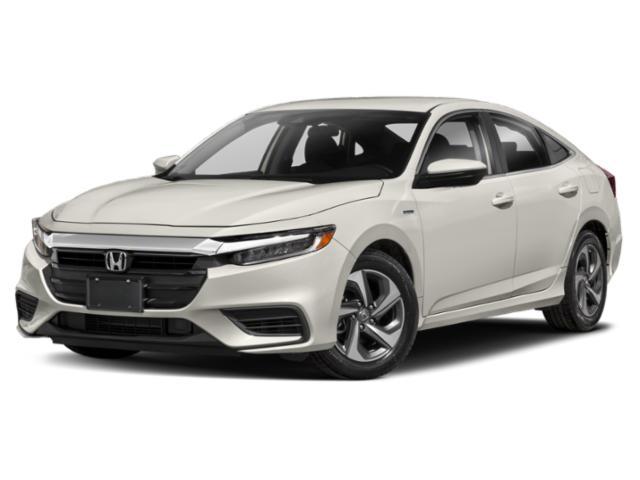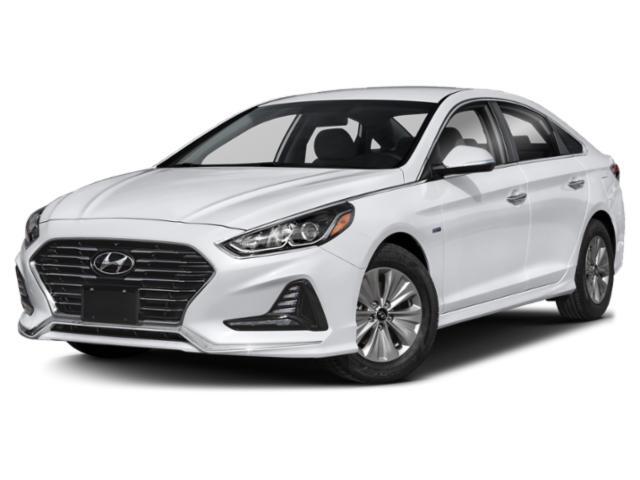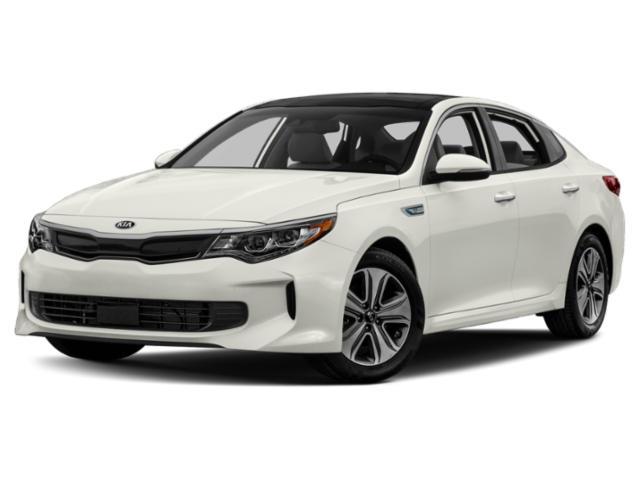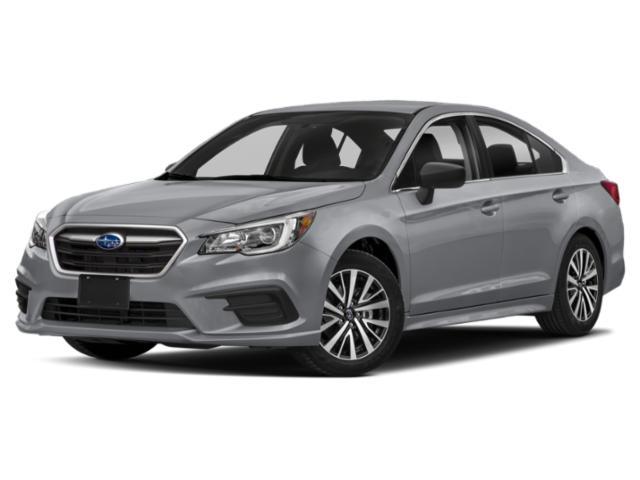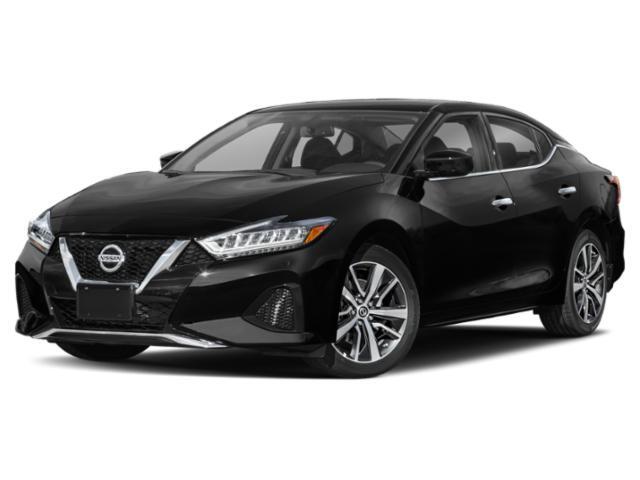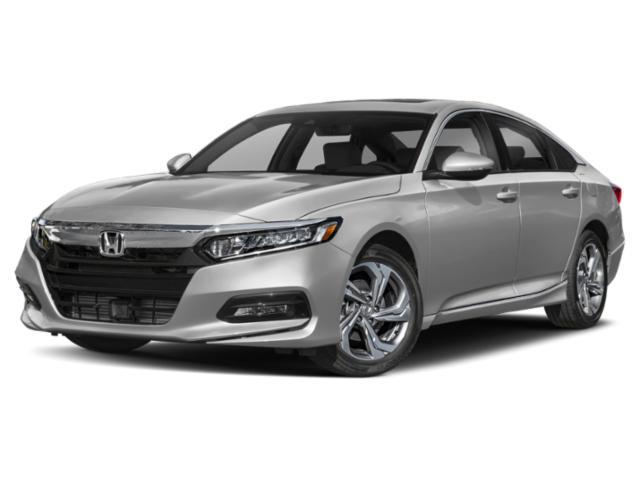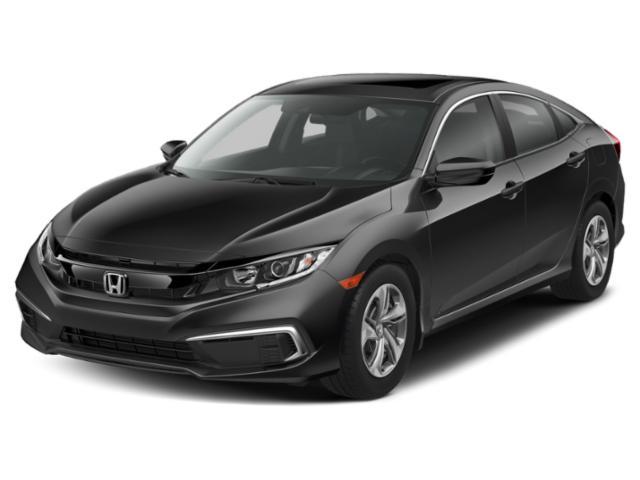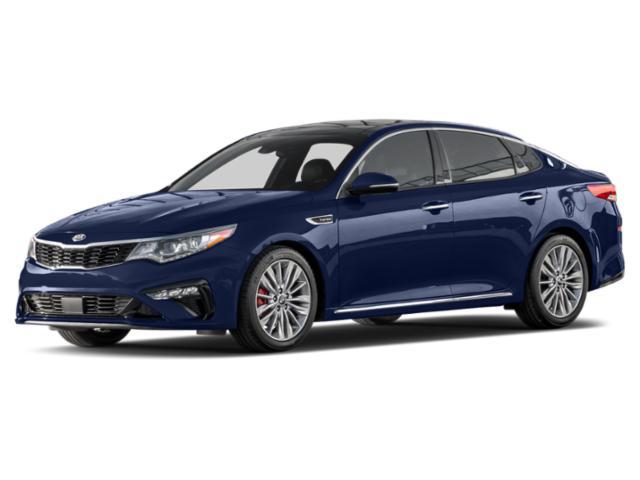
2019 Toyota Camry


Key Specifications for 2019 Toyota Camry






Buyer’s Guide
Eleven generations in, Toyota’s Camry has become such a widely recognized name that we figure Toyota could attach it to whatever product they wanted and it would still sell zillions of copies.
Still, Toyota appears unwilling to simply ride the wave of the Camry’s fame if 2018’s redesign into that 11th generation is any indication. Riding on a new platform called the Toyota New Global Architecture (TNGA), this historically sedate car now promises a more involved driving experience.
For 2019, changes are minor: all trims now include Apple CarPlay smartphone integration as standard, and there’s a new XLE Navigation trim that packs more upscale features into a Camry powered by its entry-level four-cylinder engine.
Speaking of engines, those are unchanged from last year. The range begins with a 2.5L four-cylinder that makes 203 or 206 hp and 184 or 186 lb-ft of torque, depending on trim. Want more power? Upgrade to a 3.5L V6 good for 301 hp and 267 lb-ft. Both come mated to an eight-speed automatic transmission and front-wheel drive.
The Camry Hybrid remains part of the lineup, too, matching a four-cylinder engine with an electric motor for a total of 208 hp.
All Camry models come standard with pre-collision detection, radar cruise control, automatic high beams and lane departure with steering assist.
Toyota stuck to tradition with this redesign, eschewing the turbocharging tech that Honda adopted for its Accord, which was also new for 2018. And neither Toyota nor Honda appear concerned by Nissan’s decision to make AWD standard in the new Altima that company rolled out for 2019.
Camry comes in a wide range of trims, including LE, SE, XLE and XSE with gasoline powertrains and LE, SE and XLE with hybrid drive.
Standard kit in gas cars includes cloth seats that are heated in front, eight-way power driver’s seat, 7.0-inch infotainment display and 17-inch alloy wheels. An optional upgrade package adds dual-zone automatic climate control, Entune smartphone integration suite, 8.0-inch display audio, blind spot monitor with rear cross traffic alert, passive keyless entry, wireless smartphone charging and an auto-dimming rearview mirror.
Hybrid standard features include passive keyless entry and dual-zone automatic climate control. XLE’s notable adds are a sunroof, nine-speaker stereo, six-way front passenger seat, head-up display, wireless smartphone charging, LED exterior lighting, birds’ eye monitor and rear cross traffic braking. SE grade brings sport seats with leatherette trim on upgraded fabric.
Toyota’s fuel consumption estimates are 4.9/4.8 L/100 km (city/highway) for Hybrid LE and 5.3/5.0 for Hybrid XLE and SE. Four-cylinder cars are rated 8.4/6.1 L/100 km in LE/SE guise and 8.5 / 6.2 for XLE and XSE. Finally, V6 versions come with estimates of 10.5/7.1, or 10.7/7.4 for XSE.
Review & Compare:
Photos

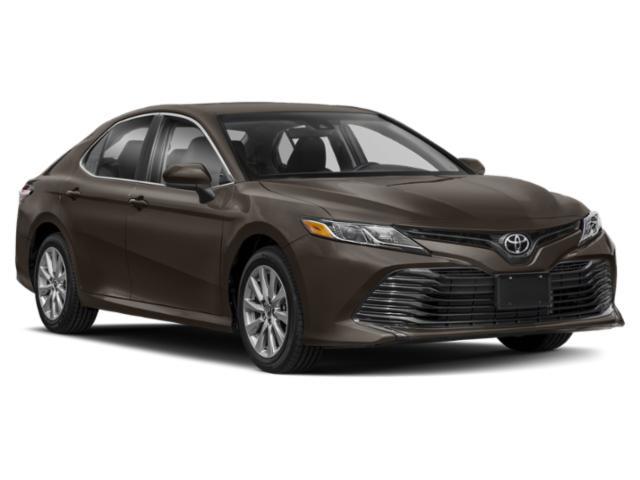

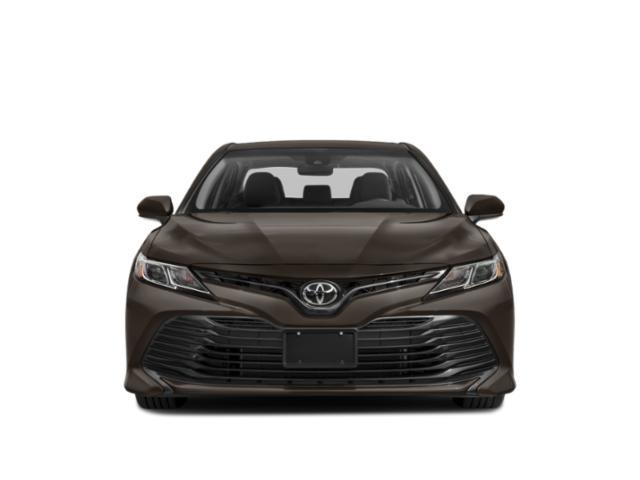
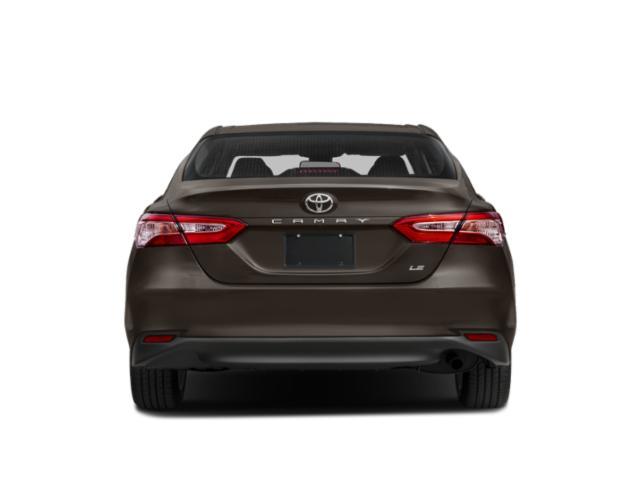
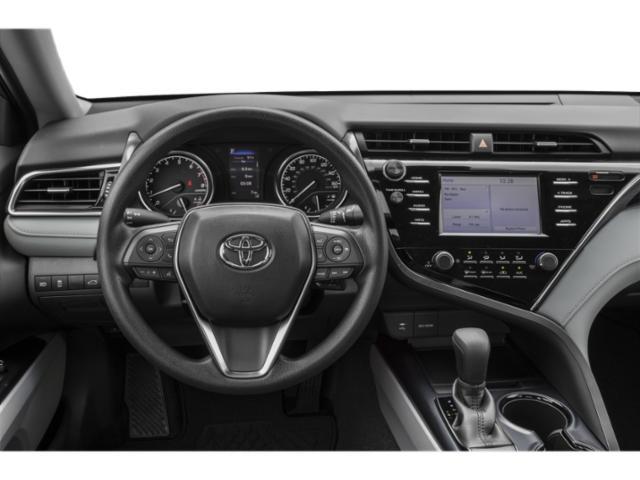
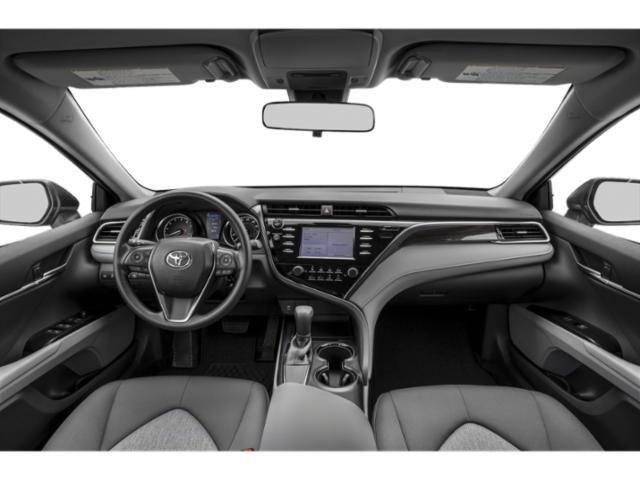
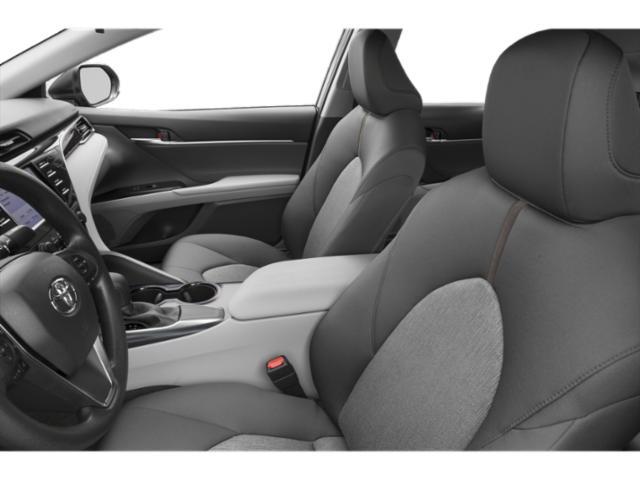
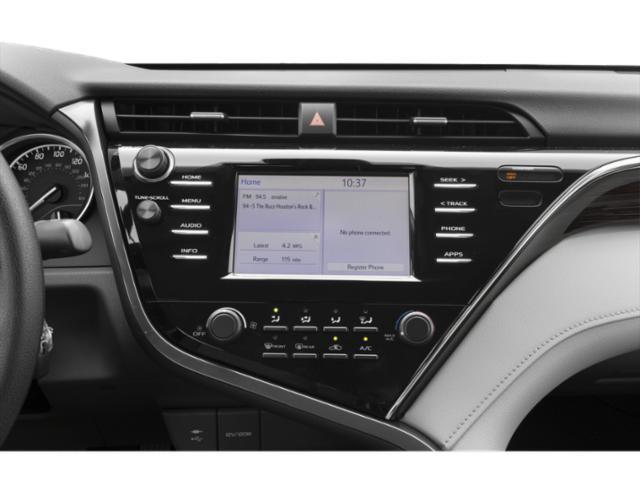
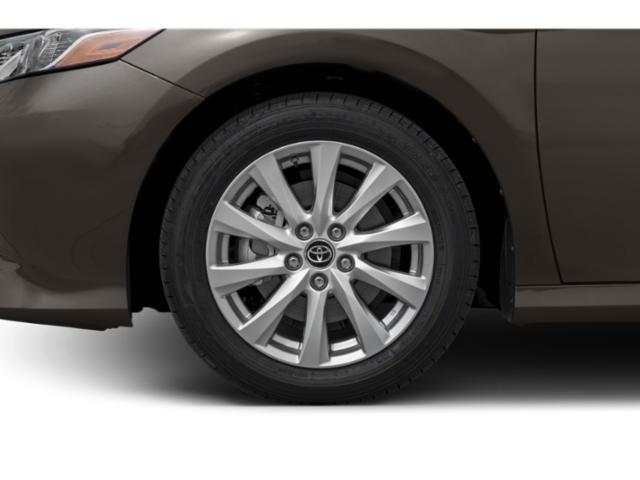
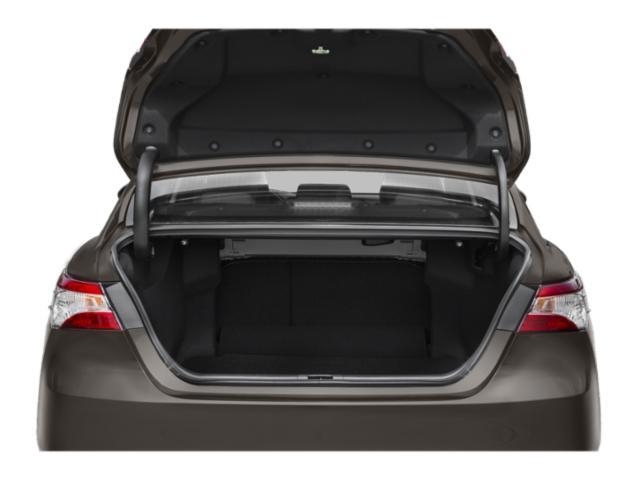
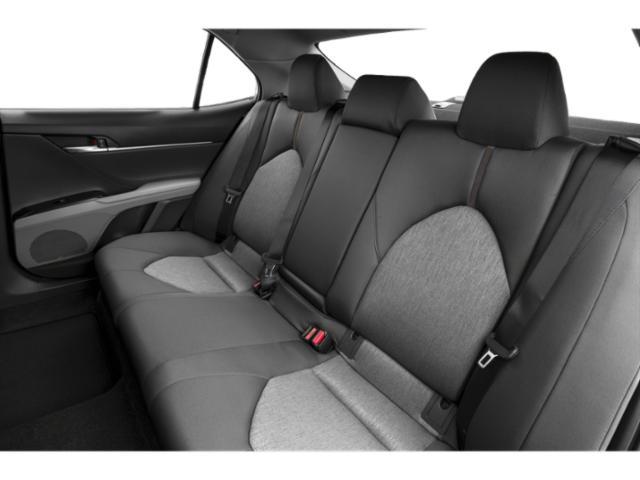
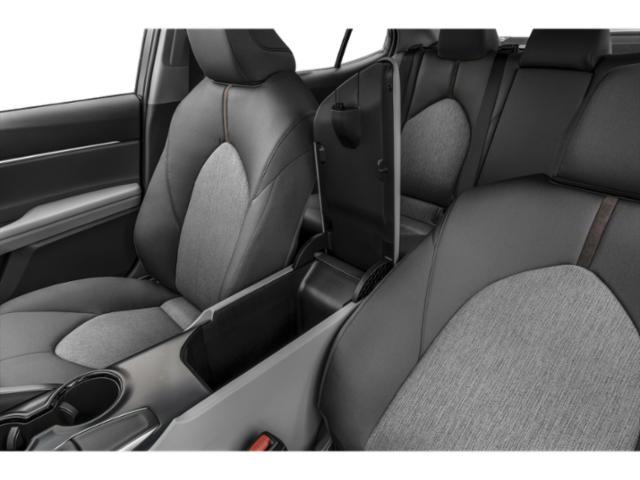
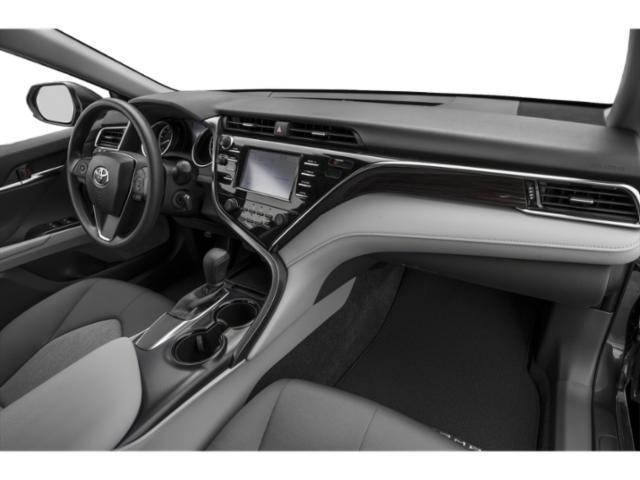
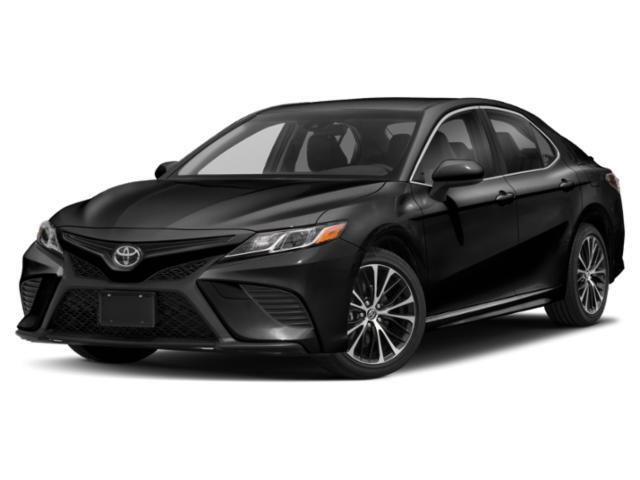
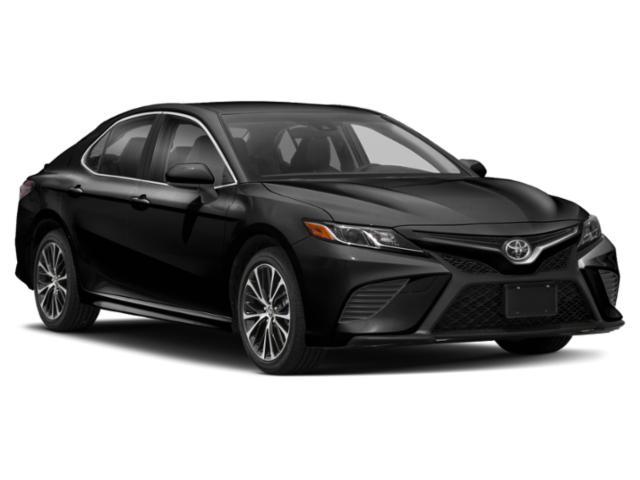

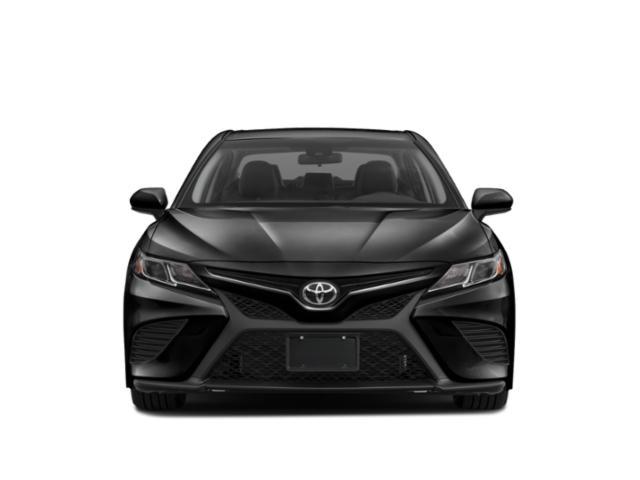

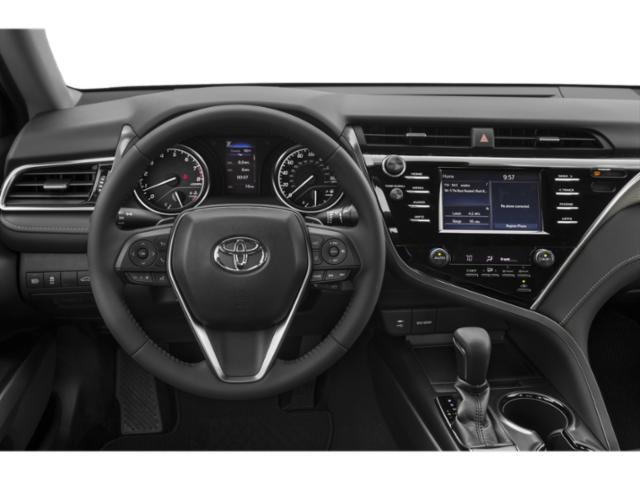
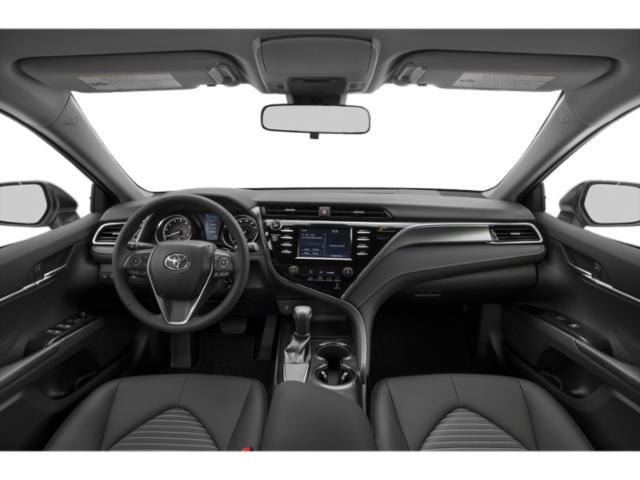
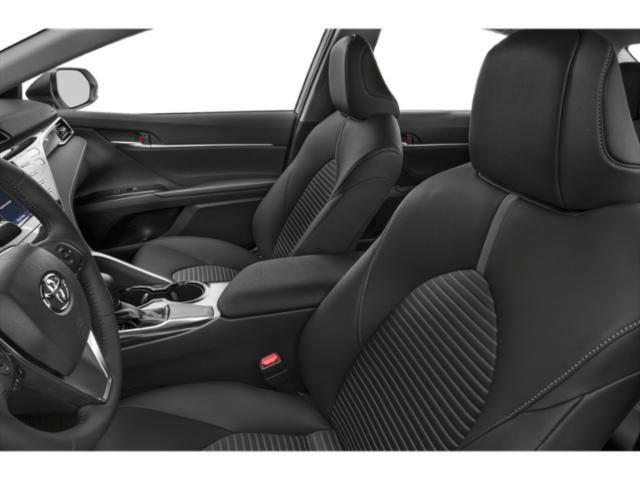
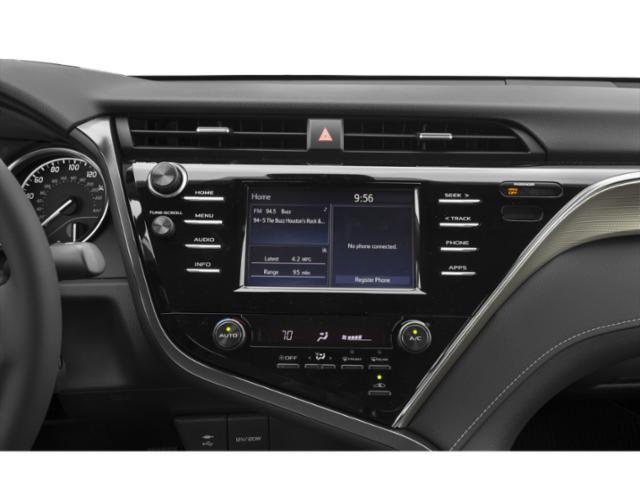
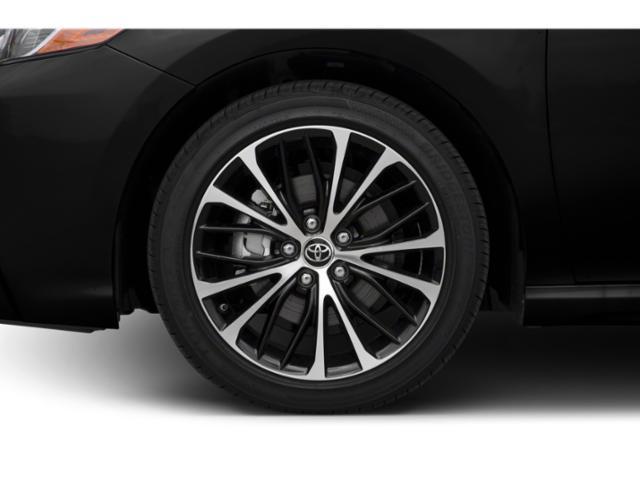
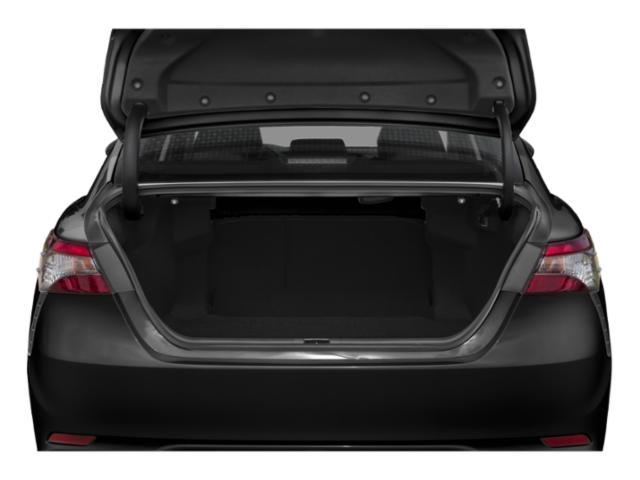
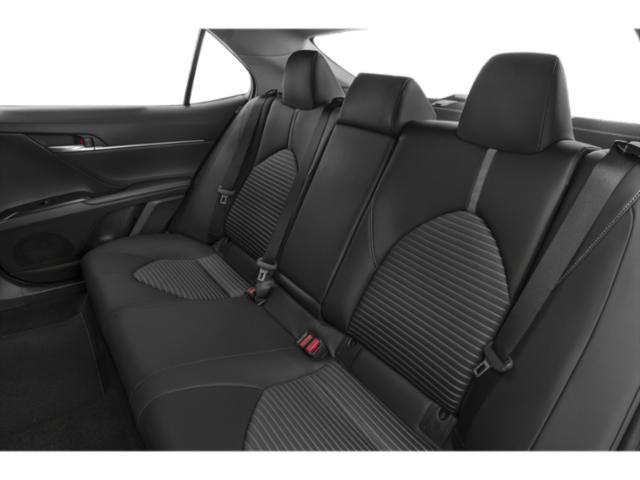
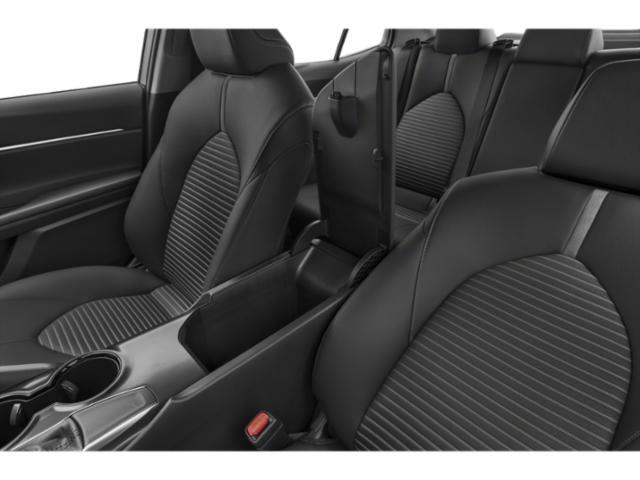
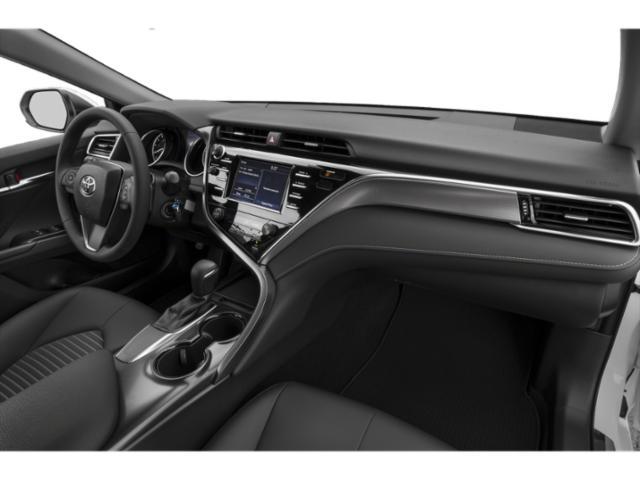
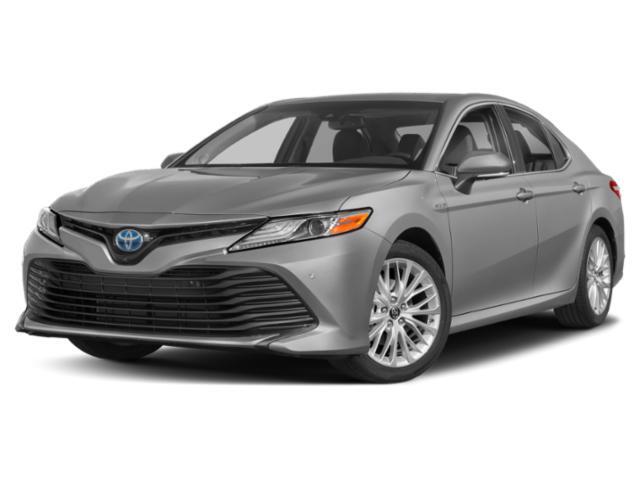
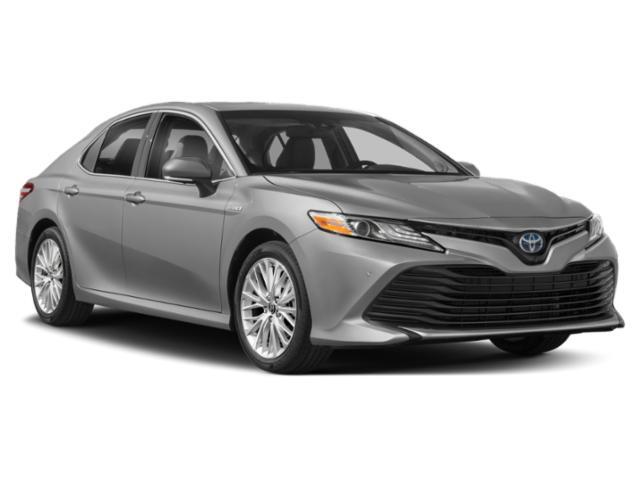

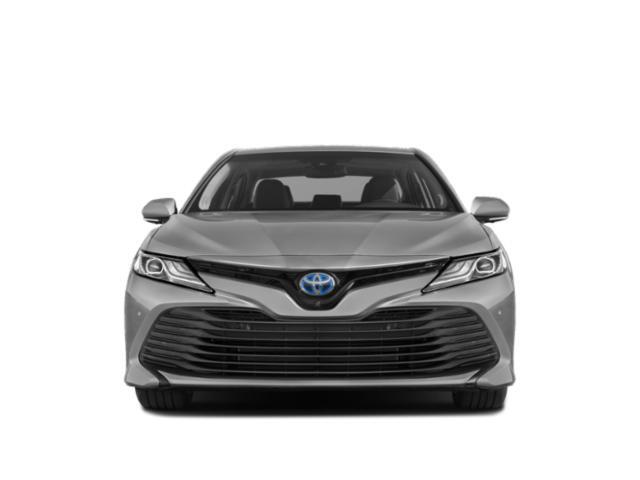

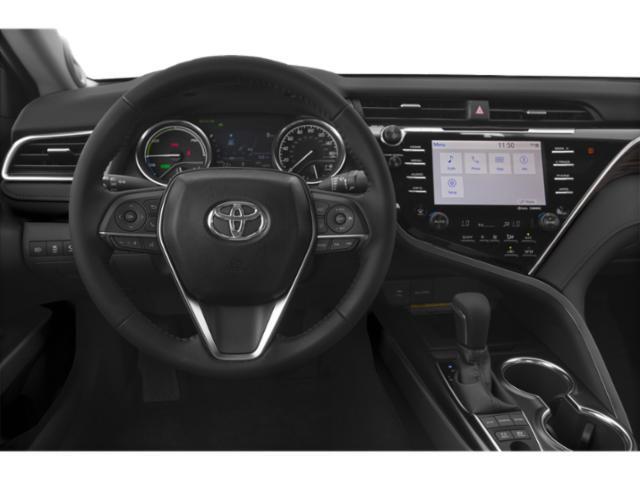

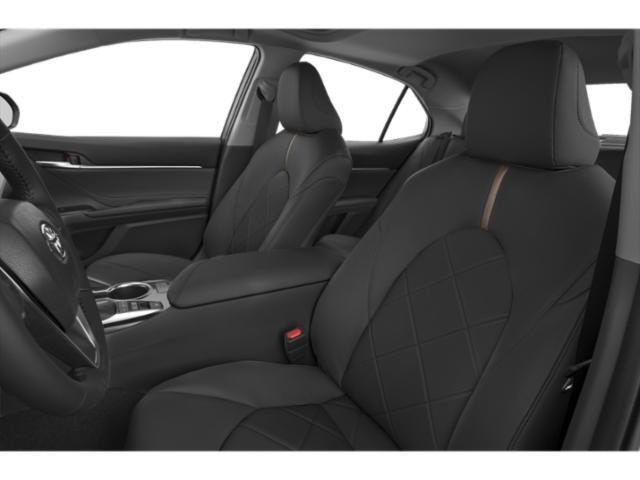
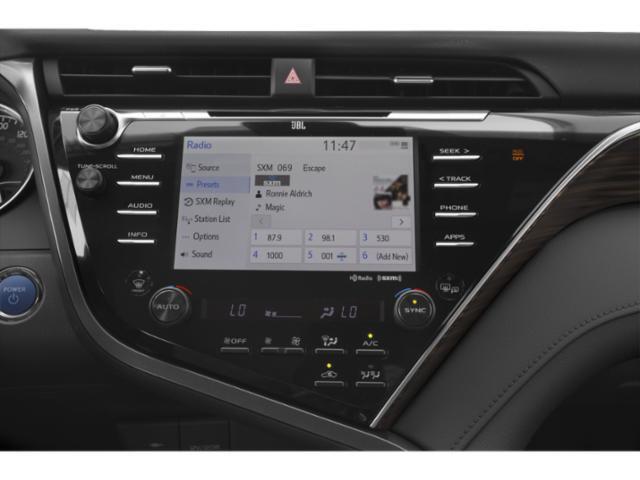
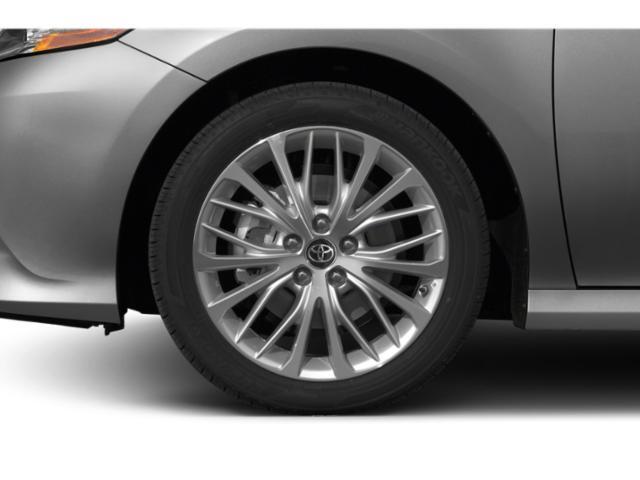
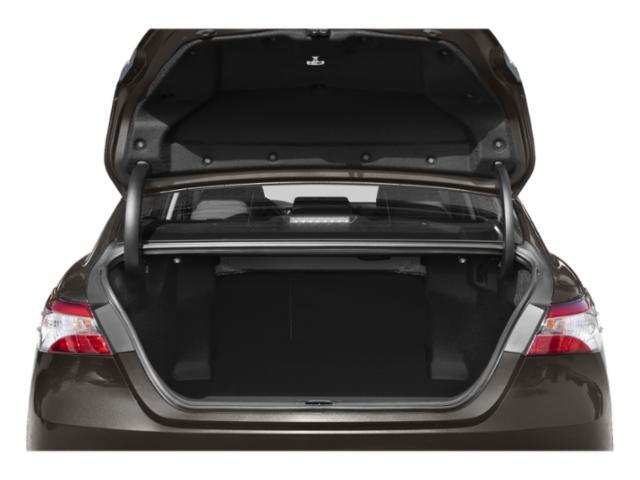
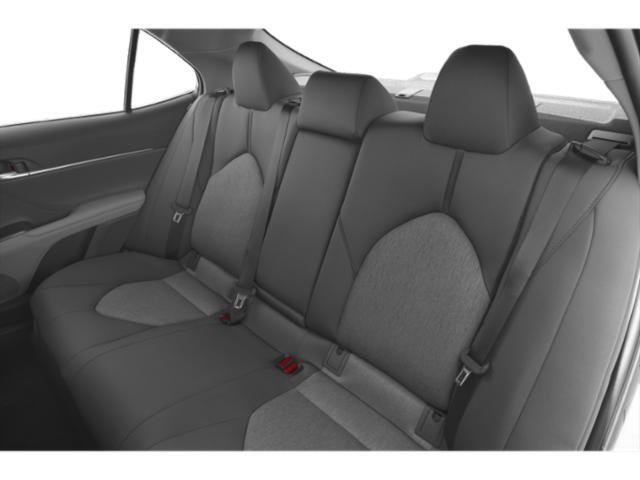

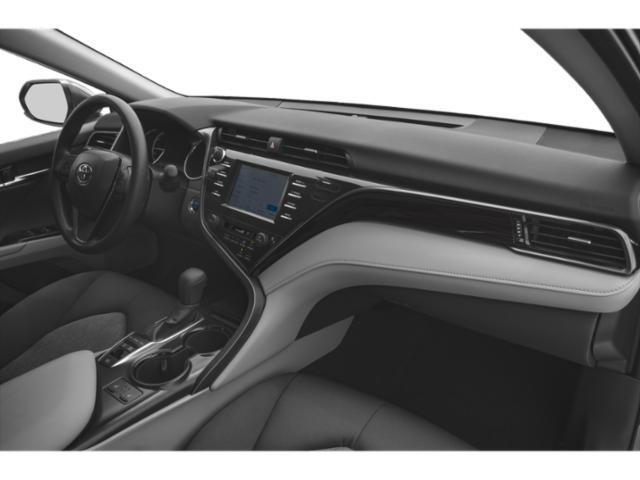










































AutoTrader Review














